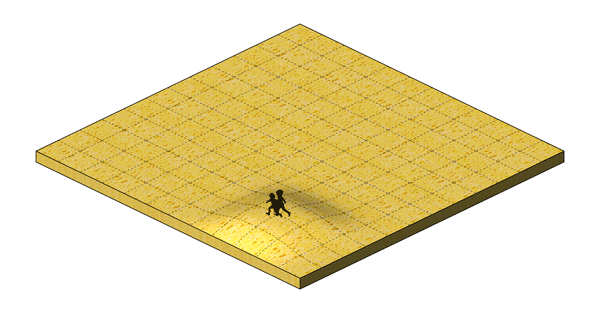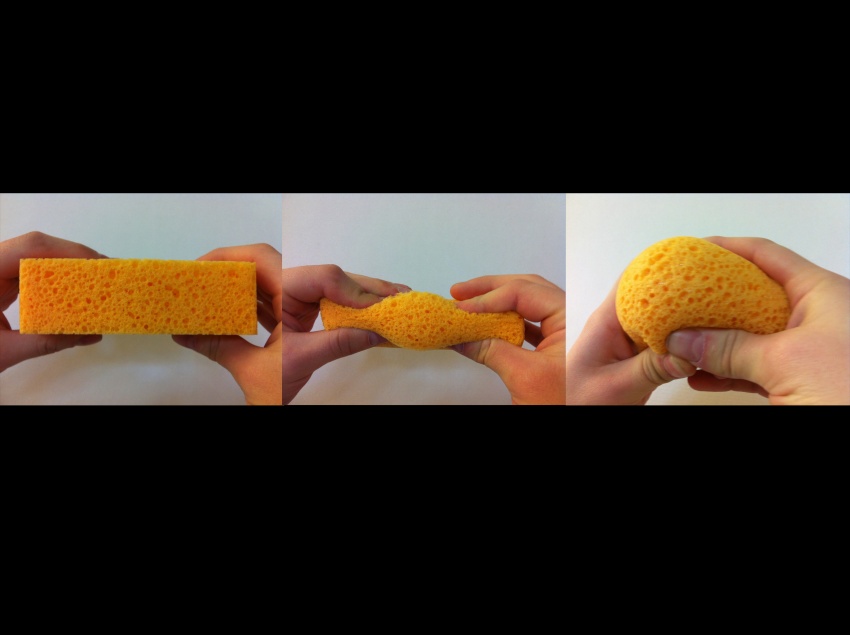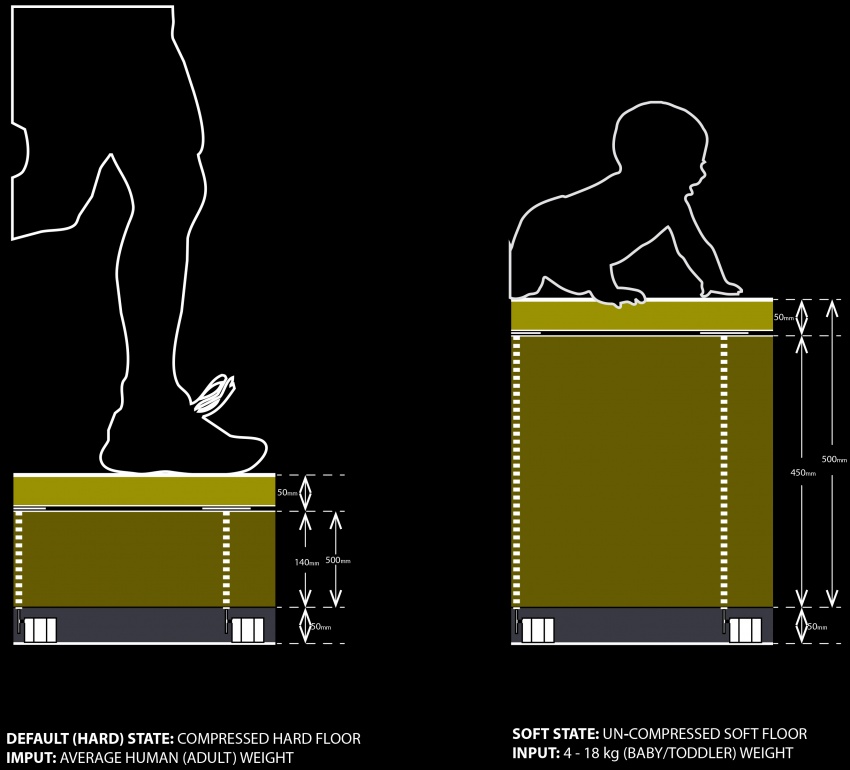project02:Interactions
From multimod
(Difference between revisions)
| (8 intermediate revisions by 2 users not shown) | |||
| Line 1: | Line 1: | ||
| − | == | + | __NOTOC__ __NOTITLE__ |
| + | |||
| + | <div style="height:30px; width: 850px; margin:0px; padding: 0px; padding-top: 20px; border: 0px;"> | ||
| + | <div style="float:left; width: 160px; height 30px; border: 1px solid #aaa; margin-right:10px; " align="center"> | ||
| + | [[project02:Frontpage|'''Frontpage''']] | ||
| + | </div> | ||
| + | <div style="float:left; width: 160px; height 30px; border: 1px solid #aaa; margin-right:10px;" align="center"> | ||
| + | [[project20:Roboticresults|'''Robotic Fabrication''']] | ||
| + | </div> | ||
| + | <div style="float:left; width: 160px; height 30px; border: 1px solid #aaa; margin-right:10px;" align="center"> | ||
| + | [[project02:Interactions|'''Interaction Design''']] | ||
| + | </div> | ||
| + | <div style="float:left; width: 160px; height 30px; border: 1px solid #aaa; margin-right:10px;" align="center"> | ||
| + | [[project02:Workshop_3|'''Physical Computing''']] | ||
| + | </div> | ||
| + | <div style="float:left; width: 160px; height 30px; border: 1px solid #aaa; " align="center"> | ||
| + | [[project02:Studio|'''Design Studio''']] | ||
| + | </div> | ||
| + | </div> | ||
| + | |||
| + | <div style="width: 850px; margin: 0px; padding: 0px; padding-top: 20px; overflow: hidden;"> | ||
| + | ===Floor=== | ||
| + | |||
| + | ==Introduction== | ||
For the interactions workshop in week 2, we decided to design a floor element. While questioning different unique properties of the element, the hardness element has been chosen. We then focused on the need for a hard floor in a young household. While adults might want to manoeuvre fast over the surface, babies or toddlers could prefer - while falling, rolling and crawling - a softer one. We came to the conclusion that the surface desiribly could have more densities, resulting in a harder or softer floor. | For the interactions workshop in week 2, we decided to design a floor element. While questioning different unique properties of the element, the hardness element has been chosen. We then focused on the need for a hard floor in a young household. While adults might want to manoeuvre fast over the surface, babies or toddlers could prefer - while falling, rolling and crawling - a softer one. We came to the conclusion that the surface desiribly could have more densities, resulting in a harder or softer floor. | ||
| + | |||
| + | [[File:Wikigif.gif|850px]] | ||
==Sponge== | ==Sponge== | ||
To reach this goal, we where inspired by the distinctive properties of different kind of sponges. The porousity of the material, gives the mass unique and desirable features. First, the material has the ability to be compressed without being damaged. Secondly, the surfaces of the volumes have the ability to become double-curved surfaces by pressing and stretching. After getting sponges from the local groceries, we tested them on above mentioned unique properties. This led to further research into interaction schemes. | To reach this goal, we where inspired by the distinctive properties of different kind of sponges. The porousity of the material, gives the mass unique and desirable features. First, the material has the ability to be compressed without being damaged. Secondly, the surfaces of the volumes have the ability to become double-curved surfaces by pressing and stretching. After getting sponges from the local groceries, we tested them on above mentioned unique properties. This led to further research into interaction schemes. | ||
| + | |||
| + | [[File:Wiki_1.jpg|850px]] | ||
==Interaction diagram== | ==Interaction diagram== | ||
| − | + | As written in the concept alinea, the floor needs to be hard when adults are walking over it, and soft when babies or toddler are manoeuvring over it. Having only a light sensor, we imagined that a pressure sensor would be able to measure different weights and thereby measure wether a toddler or an adult is on the surface. This however, does not implie a default mode of the floor yet, and since adults in general are faster in moving, the hard floor is the default state, and the soft floor is there temporarely for the young ones. | |
| + | |||
| + | [[File:Wiki_4.jpg|850px]] | ||
==Further development== | ==Further development== | ||
| − | + | After testing and rethinking the design, we came across different unique features of the material and the interaction. Further research has to be done towards fire-safety, compressing, hardness and stretchability. Also, while designing the sponge, different porousities can make the material harder and softer at desired spots. | |
| + | |||
==Reference Project== | ==Reference Project== | ||
| − | + | As a reference project, this "Breathing Chair" by Wu Yu-ying has been chosen. What you can see in the movie, is the ability of the chair to easily move along the human body, and afterwards easily reshaping itself again. | |
| + | |||
| + | <youtube width="850" height="400">o6UuoUx-H1Q</youtube> | ||
| + | |||
| + | </div> | ||
| + | |||
<comments /> | <comments /> | ||
Latest revision as of 12:39, 7 March 2013


